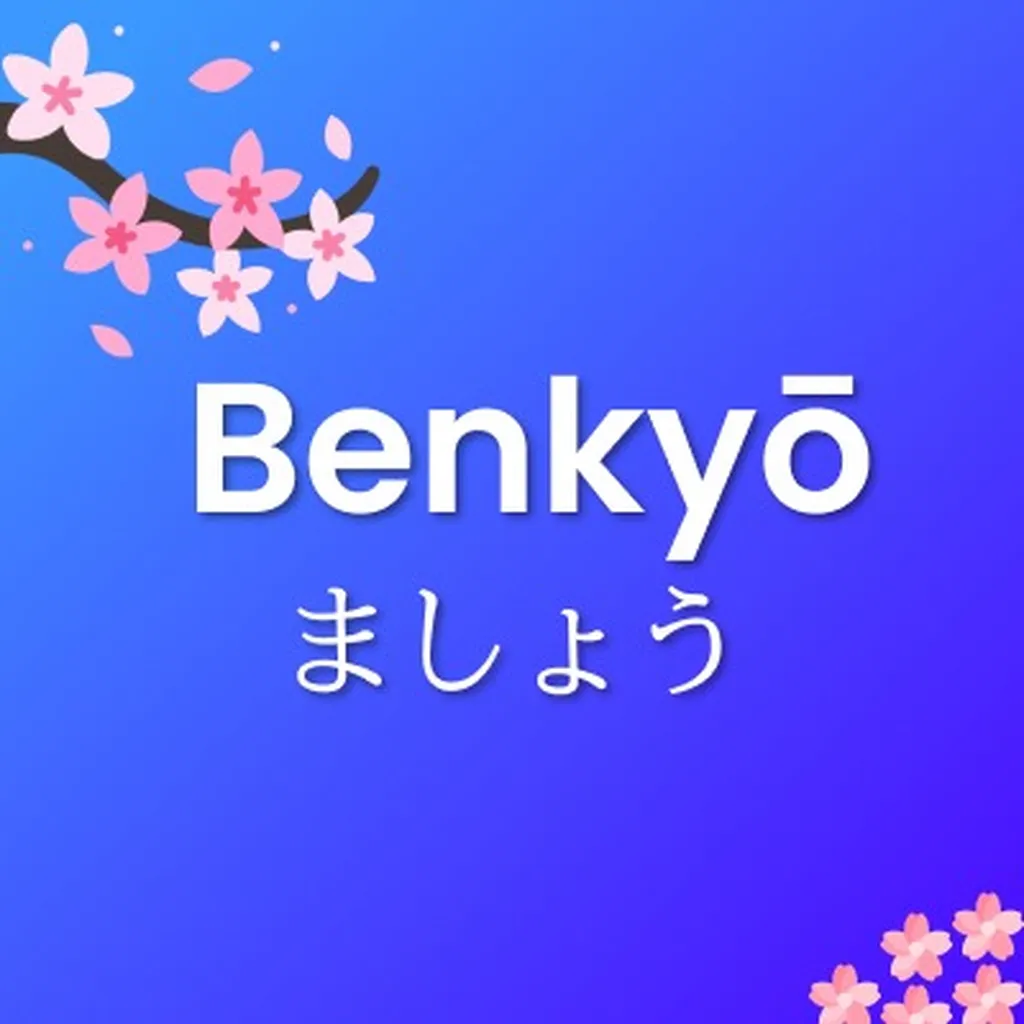Understanding the て-Form Across Verb Groups
In Japanese, verbs are divided into three groups, and each group has its own way of forming the て-form. Mastering these patterns is crucial for making requests, asking permissions, and many other essential grammatical structures.
Group 1 (う-Verbs)
These verbs end in sounds like う, く, す, つ, む, ぶ, ぬ, ぐ, る (in dictionary form).
Replace the final syllable according to these rules:
| Ending | Changes to | Examples |
|---|---|---|
| う, つ, る | って | 買う → 買って |
| む, ぶ, ぬ | んで | 飲む → 飲んで |
| く | いて | 書く → 書いて |
| ぐ | いで | 泳ぐ → 泳いで |
| す | して | 話す → 話して |
Note:
行く (to go) is an exception: 行く → 行って
Group 2 (る-Verbs)
Remove る and add て.
Example: 食べる → 食べて (eat)
Group 3 (Irregular Verbs)
Memorize these two irregular patterns:
- する → して (do)
- 来る → 来て (come)
Group 1 Examples
飲む → 飲んで
nomu → nonde
Drink → Drinking (て-form)
Note: 水を飲んでください。 (Please drink water.)
書く → 書いて
kaku → kaite
Write → Writing (て-form)
Note: 手紙を書いてください。 (Please write a letter.)
話す → 話して
hanasu → hanashite
Speak → Speaking (て-form)
Note: 日本語を話してください。 (Please speak Japanese.)
待つ → 待って
matsu → matte
Wait → Waiting (て-form)
Note: ここで待ってください。 (Please wait here.)
Group 2 Examples
食べる → 食べて
taberu → tabete
Eat → Eating (て-form)
Note: ご飯を食べてください。 (Please eat your meal.)
見る → 見て
miru → mite
See/Watch → Seeing/Watching (て-form)
Note: 映画を見てください。 (Please watch the movie.)
起きる → 起きて
okiru → okite
Wake up → Waking up (て-form)
Note: 早く起きてください。 (Please wake up early.)
Group 3 Examples
する → して
suru → shite
Do → Doing (て-form)
Note: 宿題をしてもいいですか? (May I do my homework?)
来る → 来て
kuru → kite
Come → Coming (て-form)
Note: 明日来てください。 (Please come tomorrow.)
Learning Tip:
Group 1 patterns can be tricky at first. Try grouping verbs by their endings (う・つ・る, む・ぶ・ぬ, etc.) and practice converting each group systematically. Creating flashcards for each pattern can also help reinforce the rules.
Cultural Note:
The て-form is one of the most versatile grammatical forms in Japanese and serves as the foundation for many important structures. Mastering it will unlock numerous ways to express yourself naturally in Japanese.
